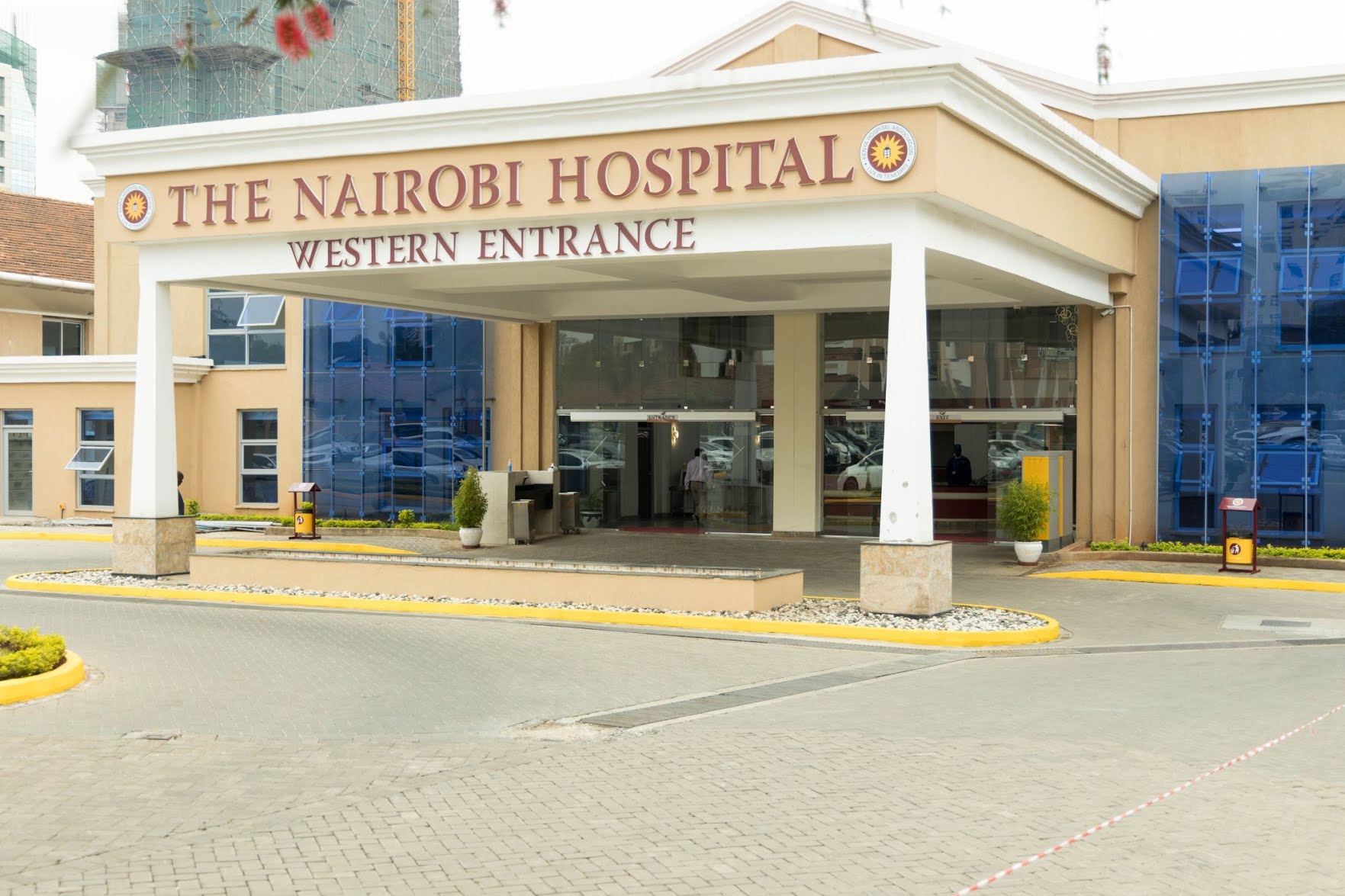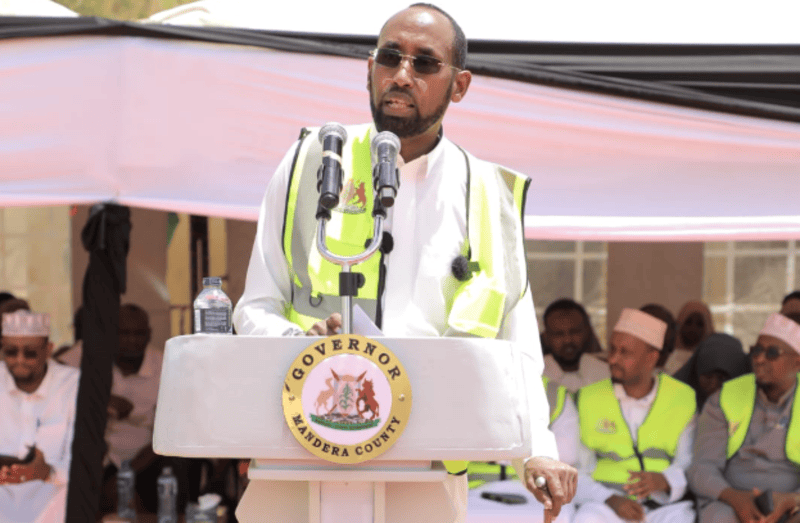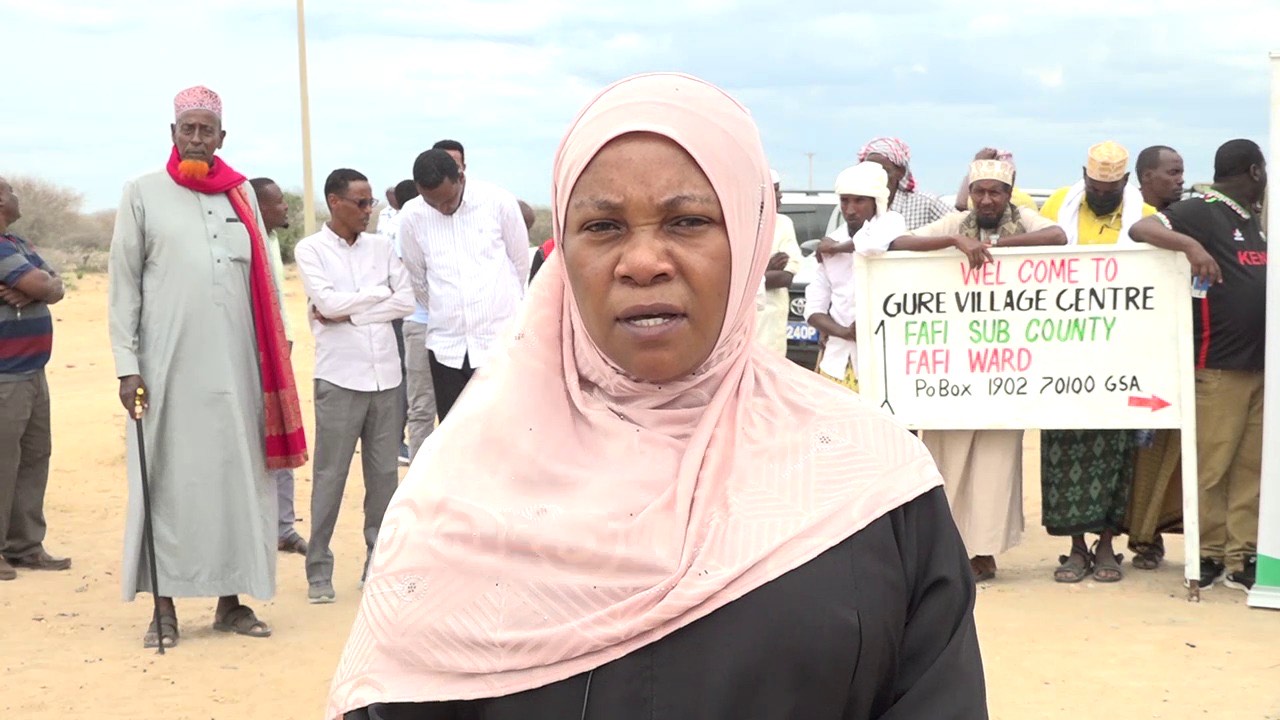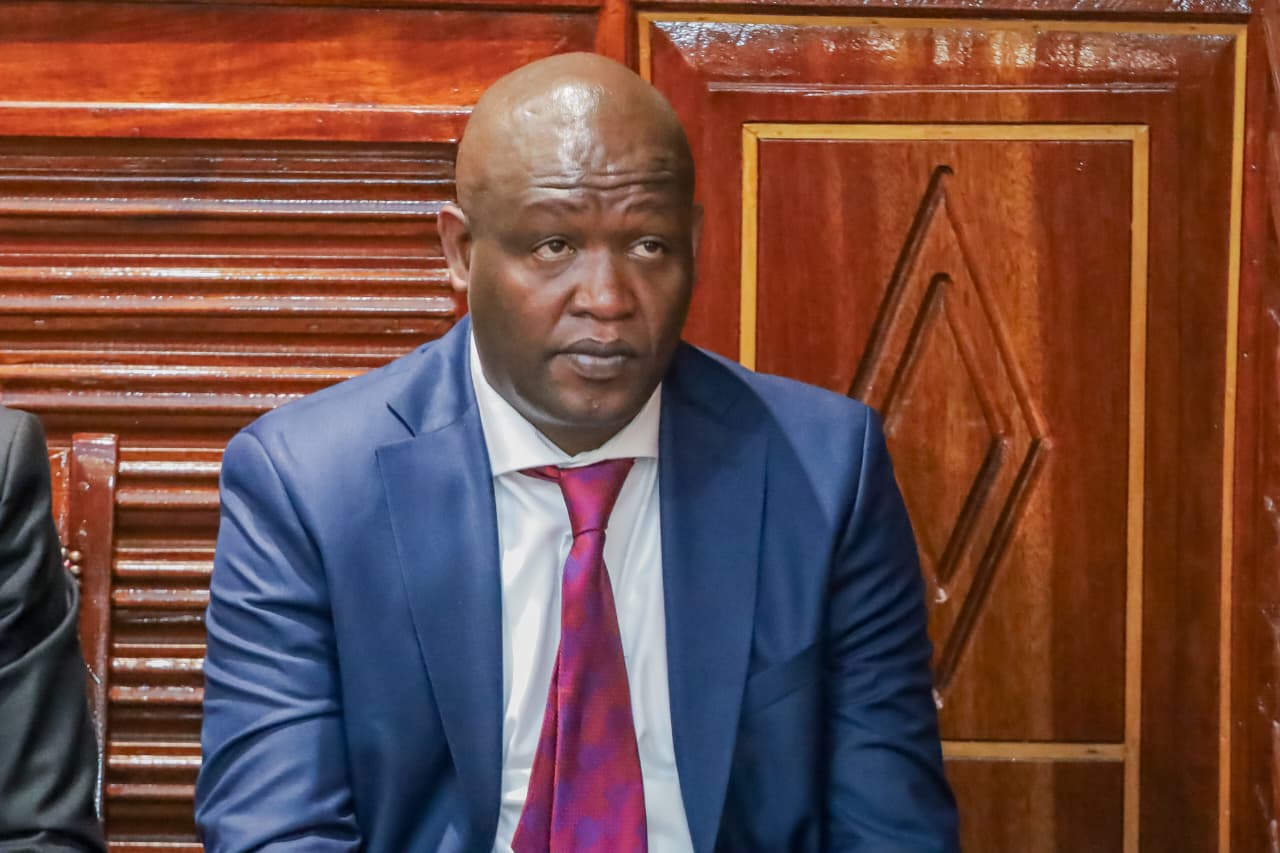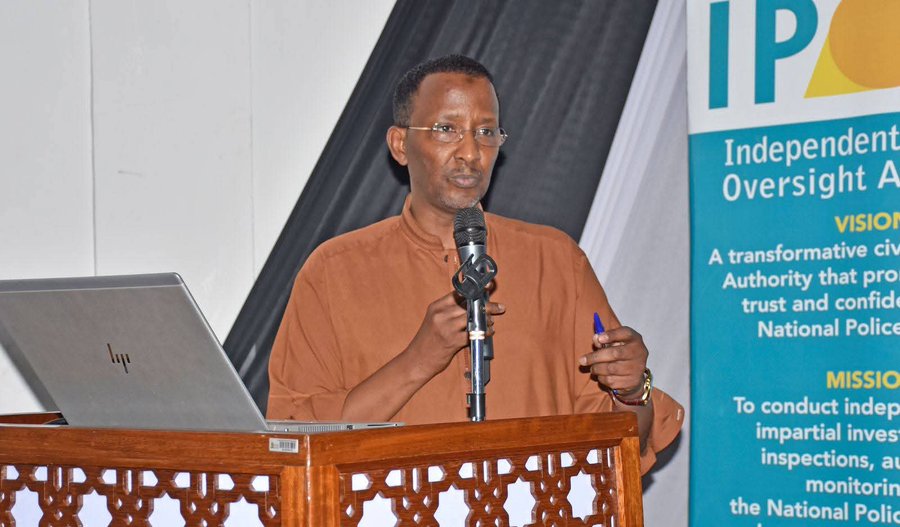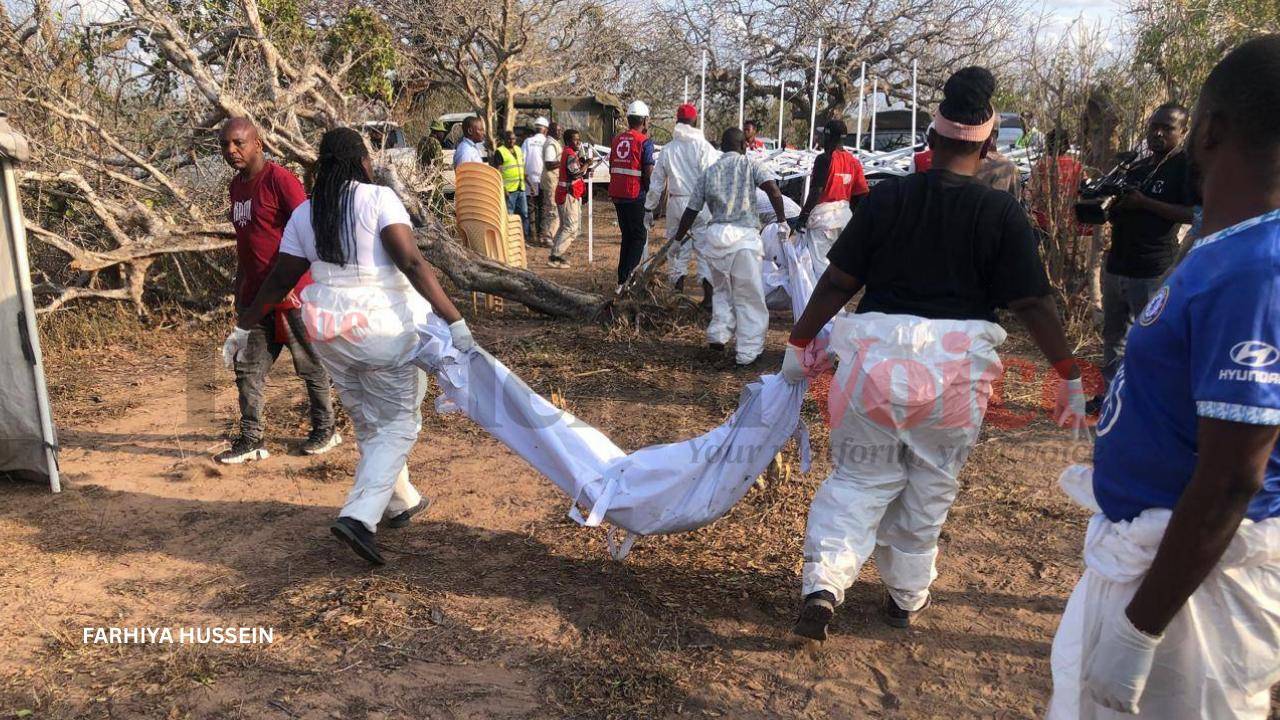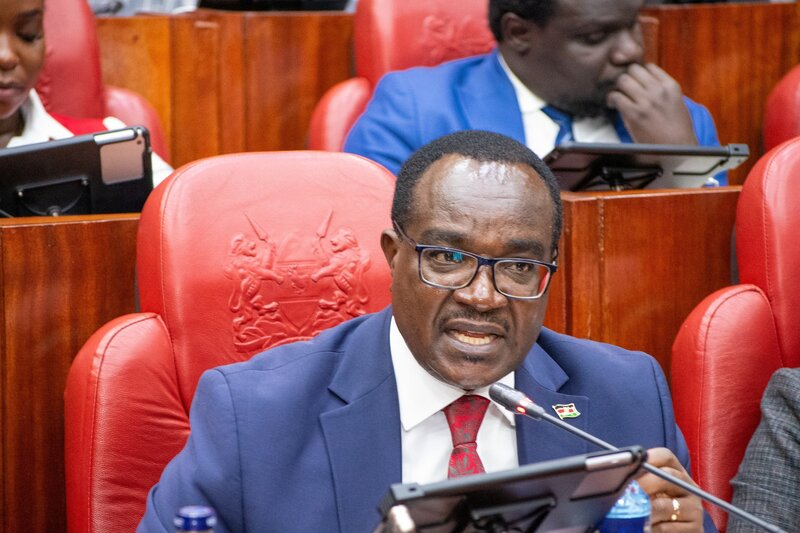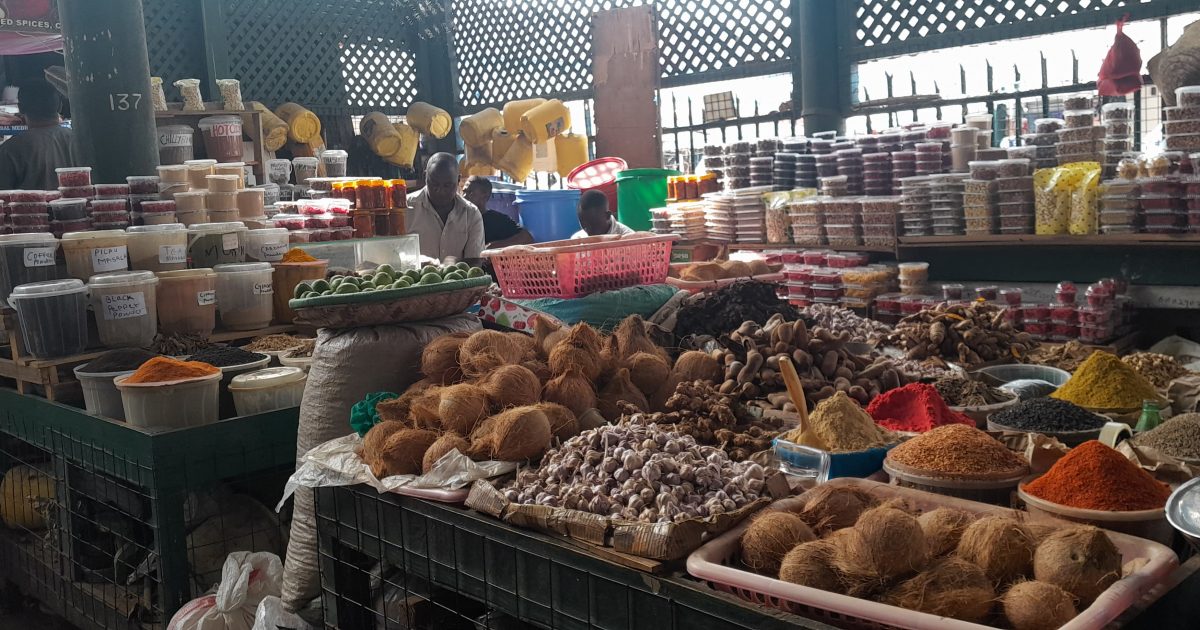Somalis, South Sudanese lead in refugee population in Kenya as numbers surge to over 800,000
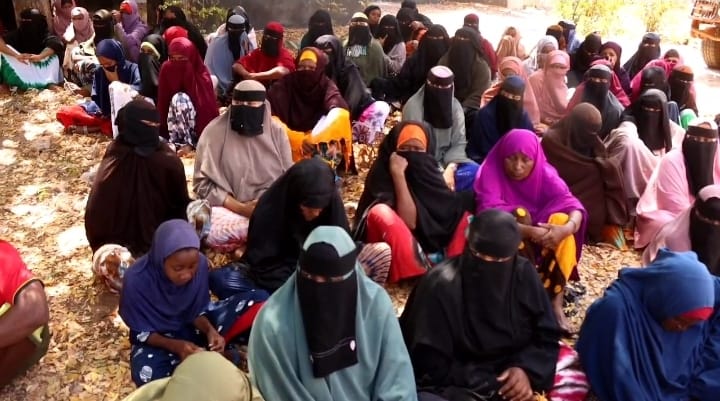
The number of refugees and asylum seekers rose by 19.1 per cent to 823,932 in 2024, highlighting the country’s growing role as a regional safe haven.
Somalia and South Sudan remain the largest sources of refugees in Kenya, as the number of refugees and asylum seekers rose by 19.1 per cent to 823,932 in 2024, highlighting the country’s growing role as a regional safe haven.
The surge, captured in the Economic Survey 2024 released on Tuesday, reflects a broader trend across the Horn of Africa, where conflict and insecurity continue to displace thousands.
More To Read
- Kenya commits to Shirika Plan on World Refugee Day amid mounting refugee hunger crisis
- New refugee management curriculum to boost local capacity in Turkana, Garissa counties
- Kenya’s refugee integration plan criticised over poor public involvement
- Refugees in Kenya to access SIM cards, mobile money under new regulations
- Global internal displacement reaches record 83.4 million by end of 2024
- Kenya’s health budget to rise by Sh14bn as govt boosts access and infrastructure
The number represents a sharp rise from the 691,868 recorded in 2023 and marks a 63.2 per cent increase over the last four years, when Kenya hosted 504,854 refugees and asylum seekers.
More than half of the refugee population in Kenya originates from Somalia, which accounts for 56.9 per cent, while South Sudan follows with 23.4 per cent. Other key countries of origin include the Democratic Republic of Congo (over 63,000), Ethiopia (more than 42,000) and Burundi (32,380).
According to the State Department for Refugee Services, additional persons of concern from countries such as Sudan, Uganda, Eritrea, and Rwanda make up roughly three per cent of the total population.
“The number of registered refugees and asylum seekers increased by 19.1 per cent to 823,932 in 2024. The number of children and adults registered as refugees and asylum seekers increased by 22.4 per cent and 15.5 per cent, respectively, during the year,” reads the report.
Men and children make up slightly more than half of the refugee and asylum seeker population, at 51.1 per cent and 53.3 per cent respectively.
Geographically, the majority of refugees remain concentrated in two main camps. Dadaab in Garissa County hosts 50.5 per cent of the refugee population, while Kakuma in Turkana County accommodates 36.2 per cent. The remaining 13.3 per cent are settled in urban areas, mainly Nairobi, Mombasa, Eldoret and Nakuru.
The report also flagged rising instances of double registration, especially in Dadaab and Kakuma, where some individuals are suspected of falsely claiming refugee status to obtain temporary benefits.
Despite recent security challenges within its borders, Kenya continues to serve as a critical host country for displaced populations, with some of the world’s largest refugee camps.
The United Nations High Commission for Refugees (UNHCR) estimates that the country currently hosts approximately 843,000 refugees and asylum seekers, many of whom rely entirely on humanitarian assistance to meet their basic needs.
To support ongoing efforts, the European Union has allocated €14.5 million (Sh2.1 billion) in humanitarian aid for 2025. The funding will go towards food assistance, health care and other essential services.
Top Stories Today

